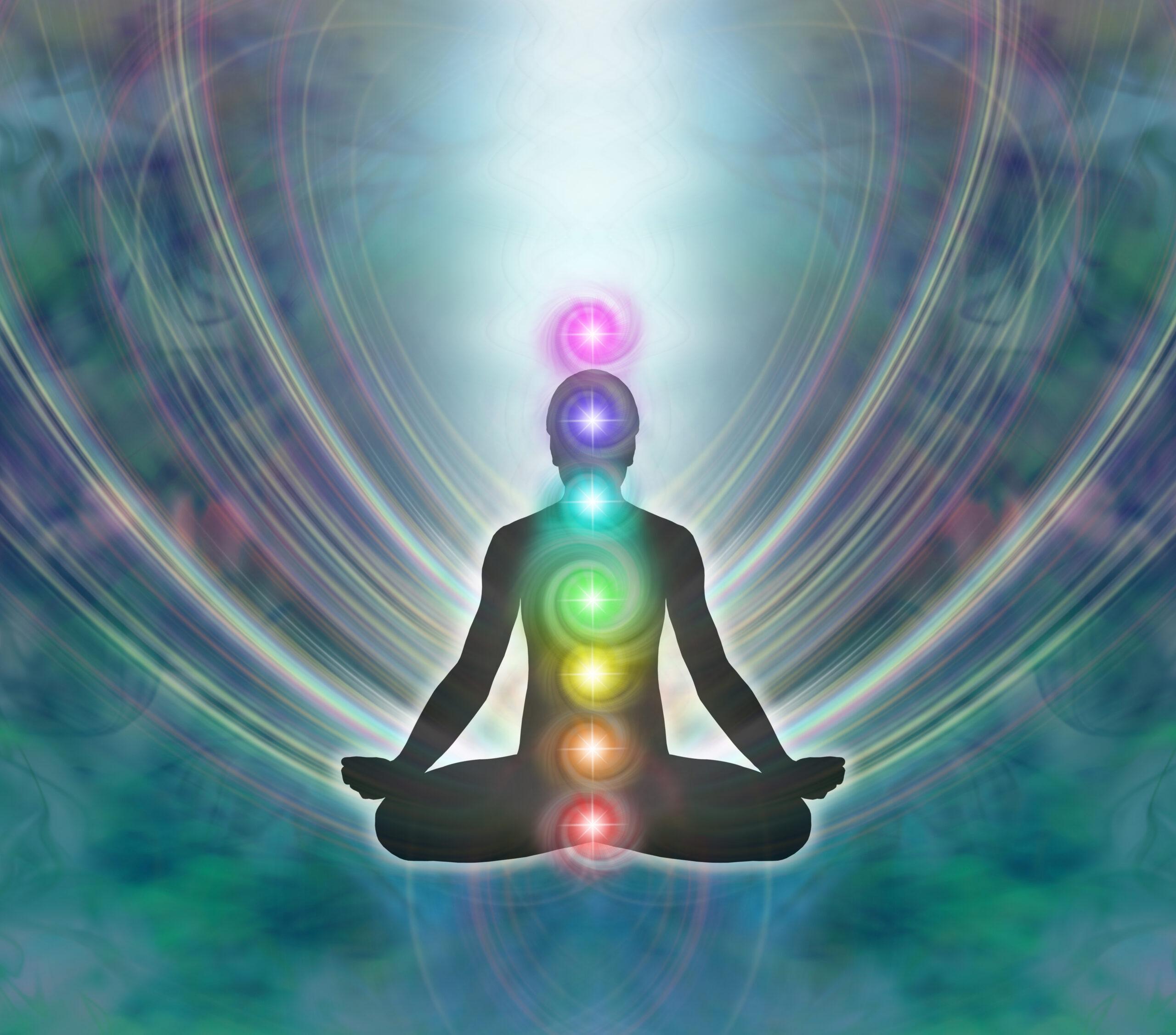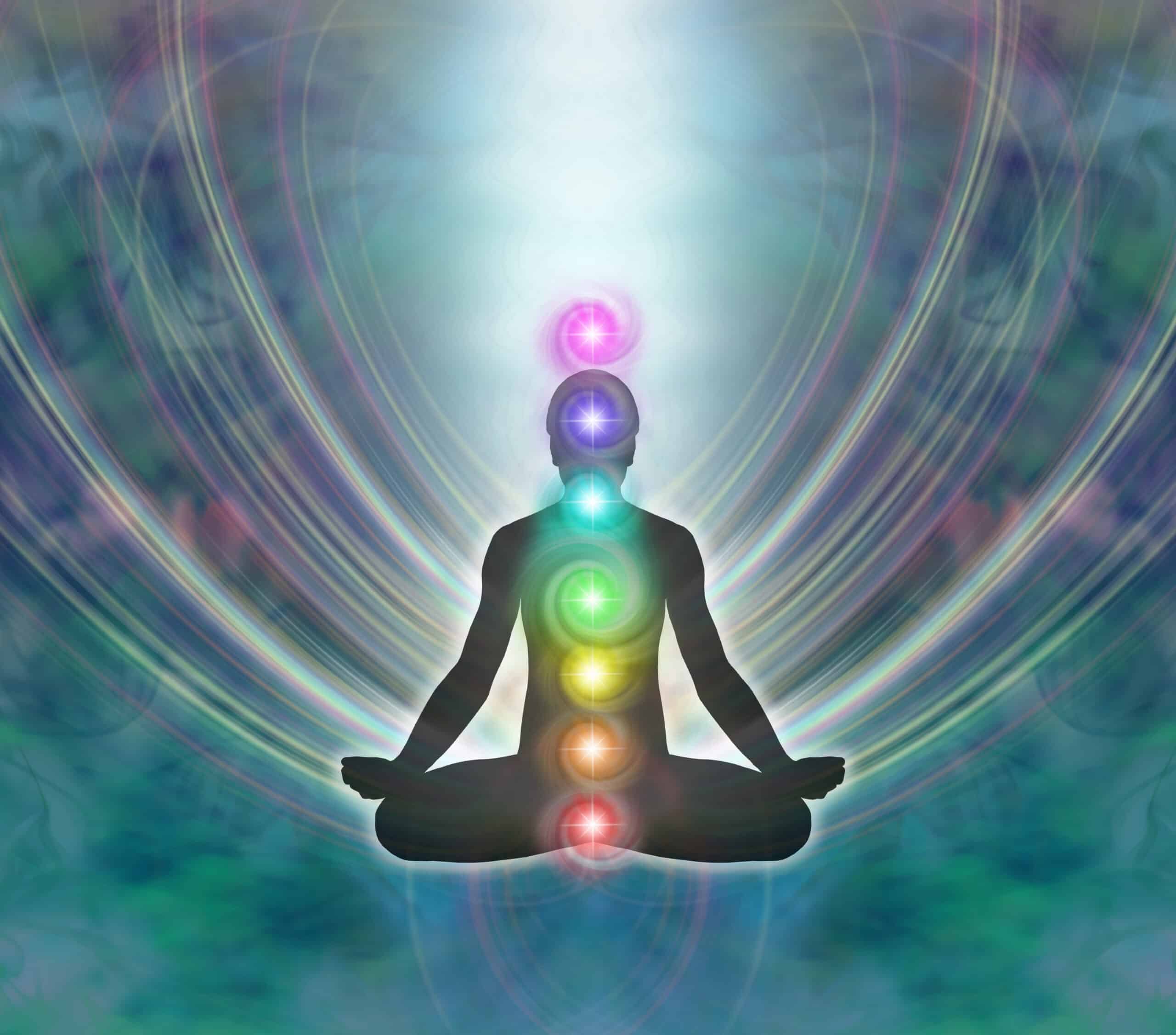
ARCHETYPES AND CHAKRAS

Over the course of the past few years, I have been fascinated with learning about archetypes and chakras, and the power they hold when you become familiar with them. As a student of Caroline Myss, I have delved deep into their realm and, as a result, have concluded that to become fully empowered, you must know what your archetypes are and how they affect your chakras.
So, you ask, just what is an archetype? An archetype is a universal pattern of power or behavior. They represent both the positive and negative qualities within each of us. I have written on them in a prior blog, but my focus here is to share the positive (light) and negative (shadow) archetype that corresponds to each of the seven chakras in the next seven weeks, starting with the Root Chakra.
What is a chakra? A chakra is a spinning vortex of subtle energy located along the spine from the base to the crown. They give you access to your programmed responses – responses that are automatic from programming during the first seven years of your life – so you can minimize their adverse effects and maximize the positive ones.
Each of the seven chakras has a corresponding positive archetype as well as a negative one, that not only relate to your health issues, but emotional issues, habits, attitudes, and even thoughts. It is your thoughts and attitudes more than anything else that either release or block the flow of energy through the chakras.
Imagine a building with seven floors where each one represents a chakra. Consciousness begins in the basement where you only see yourself, and it’s all about you – that’s your EGO. But as you ascend each floor, your perception expands, and you have a significantly different view from the previous floor. You become aware of a larger reality.
On the first level, the Root chakra is found at the base of your spine and is concerned with physical needs and basic human survival; it is your foundation. The underlying issues associated with the root chakra are instinct, safety, survival, grounding, family, security, boundaries and new beginnings.
You will find family wounds and tribal beliefs are stored in this area of the body. The health of this chakra is associated with your upbringing and early life. The passing of ideas or “tribal programming” from previous generations of immigrants is prevalent here.
When we lose our grounding in our physical world, we become victims and everything becomes a struggle. Feeling like a victim, you allow yourself to become vulnerable, needy, and hence ungrounded because you regard every disappointment, separation, or loss as something you cannot control or change.
Identifying the Victim
The lowest level of energy and awareness is the Victim (dysfunctional) archetype. The Victim feels defenseless of outside forces which work against it. The Victim feels that “something has happened to me” and they suffer because they think all choices have been taken from them and they have no control over their fate. They are in a helpless state, entirely dependent on others, and disconnected from their inner core of feelings. They have no sense of empowerment.
There are distinct layers of the Victim’s fear of survival; not just the physical survival, but the survival of their identity or sense of self. In many cases, people feel some wrong has been done to them, and they were taken advantage of, or they are not responsible or at fault. They have no choice in the matter, and their power has been taken away from them. Being given attention through pity or sympathy can be a source of positive feedback for Victims. It is in these situations where the Victim may begin to feel they cannot continue living this way, and that may empower them to transform.
Changing this dysfunctional archetype involves taking personal responsibility for yourself, recognizing there are choices available to you and that you deserve to live your best life. When you finally admit the truth about your life, you then own your power. The primary function of the Victim is to help you develop your self-esteem and personal power. You accomplish this when you feel your fear and move through it. And when life gives you lemons, you make lemonade, not a sour face.
Identifying the Mother
On the opposite side of the Root chakra is the Mother (functional) archetype, which is associated with nourishment, caring, and unconditional love. By identifying the Mother within you, you realize you have what it takes to provide for yourself not only physically, but emotionally as well.
When we are a Victim and permit others to take care of all our responsibilities, we shut the Mother archetype out, not allowing her to teach us the crucial aspects of self-care and self-love. It is when we look within to our inner child to provide ourselves with the necessary nurturing and love the Mother instills in us, that we can move from the state of helplessness and insecurity to the state of independence and security.
Becoming self-sufficient in all areas of your life, financially, emotionally, and physically, is the goal of creating a strong Mother archetype. When you can feel secure, loved, and cared for by yourself, you have reached this mode of being.
QUESTIONS TO ASK: BLOCKED ROOT CHAKRA?

- In what areas do you not feel safe?
- In what areas do you feel there is not enough?
- In what areas do you feel you have no control or choice?
- Where are you missing healthy boundaries?
- Do you trust that life supports you?
- Do you trust yourself to make supportive, healthy decisions?
- Are you able to quickly make decisions?
The fair use of information above may contain material from Chakras and Their Archetypes, by Ambika Wauters, and The Book of Chakra Healing, by Liz Simpson.
